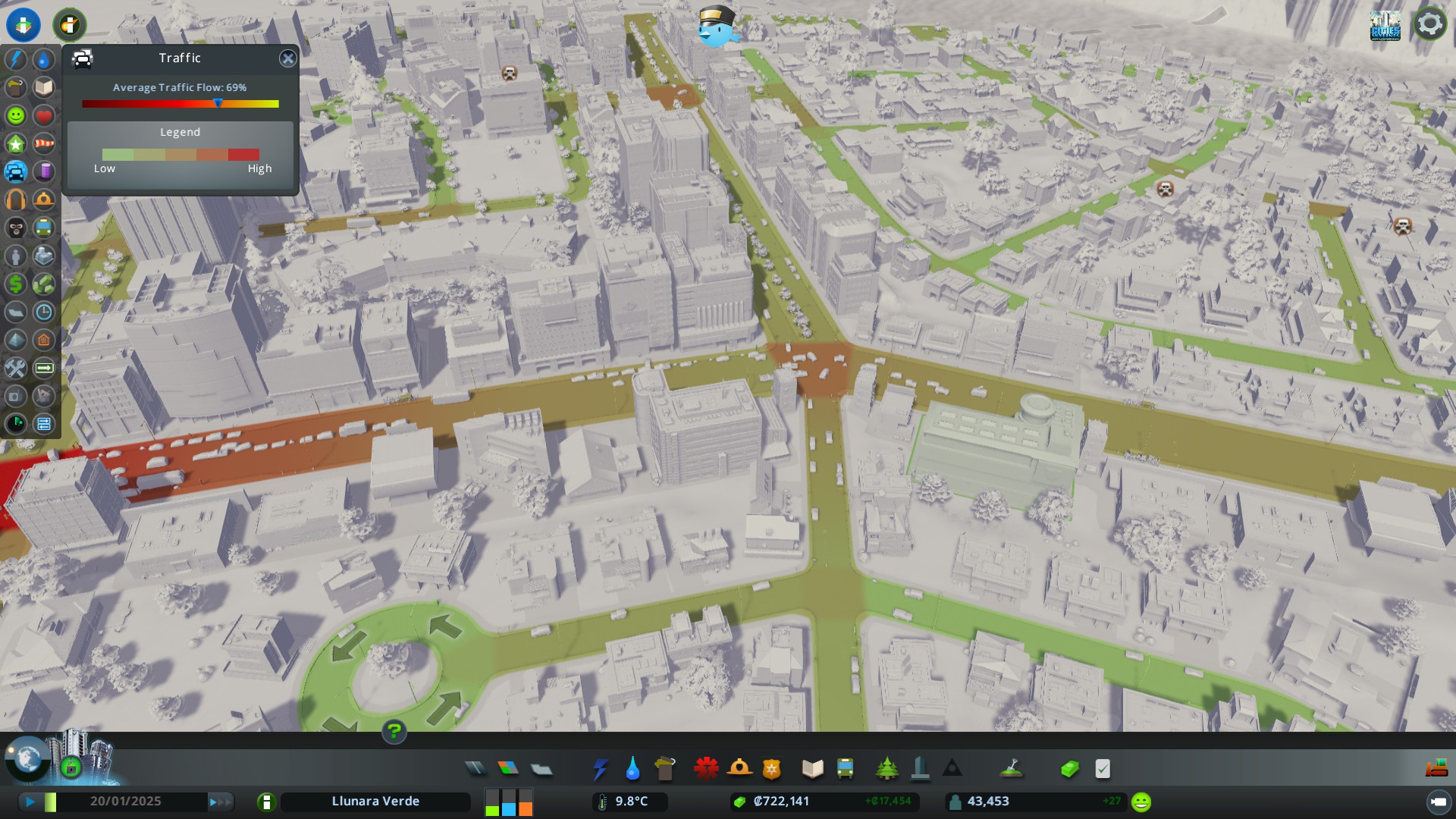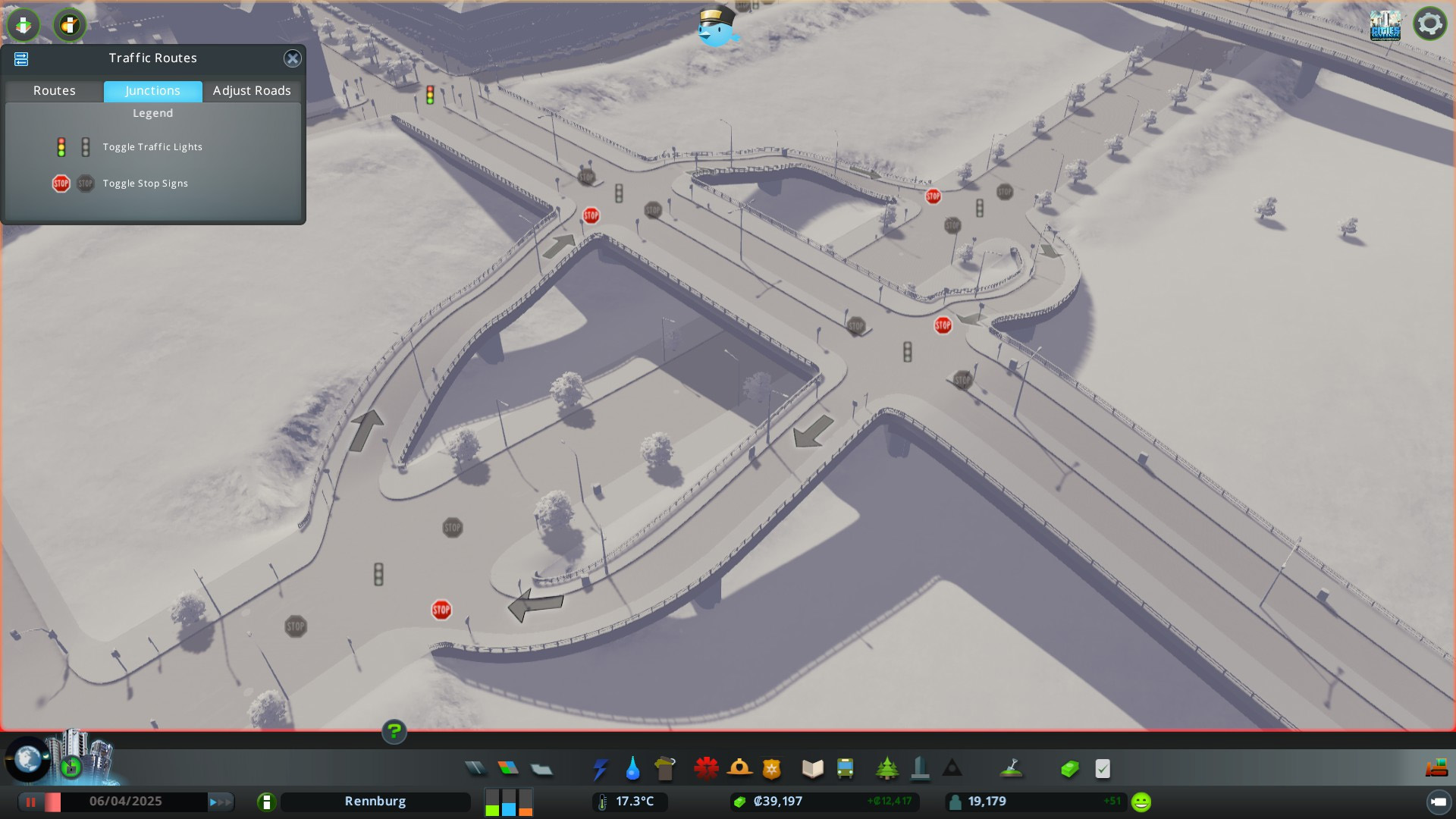

As such, these route generally run at lower speeds in order to maximize convenience.

Local routes can travel between hubs as well, but their primary purpose is to take Cims the last few hundred metres to their destination. (We will look at the suitability of each mode in the next section.) It's possible to use lower-capacity modes for this task if you wish but you will require significantly more vehicles due to the high demand and potentially lower speed of the vehicles. These routes usually have a high passenger load, as such high-capacity modes are best suited to the task. These are the routes set up to take Cims between hubs, with minimal stopping in between, allowing services to run at high speeds which reduces travel time. a large bus station directly across the road from both a train station and a metro station) to make the interchange as convenient as possible. Most hubs, however, will serve as major interchange points between multiple local and trunk routes, as such it will be necessary to place a combination of assets within close proximity of each other (e.g.

For this purpose a single asset such as a small bus hub will be sufficient. Some hubs will only serve as the terminus for local routes, with a primary purpose of bringing Cims to that particular location. The only disadvantage with this model is that Cims have to change service to reach their destination (though the inconvenience can be minimized with proper planning as discussed below).



 0 kommentar(er)
0 kommentar(er)
